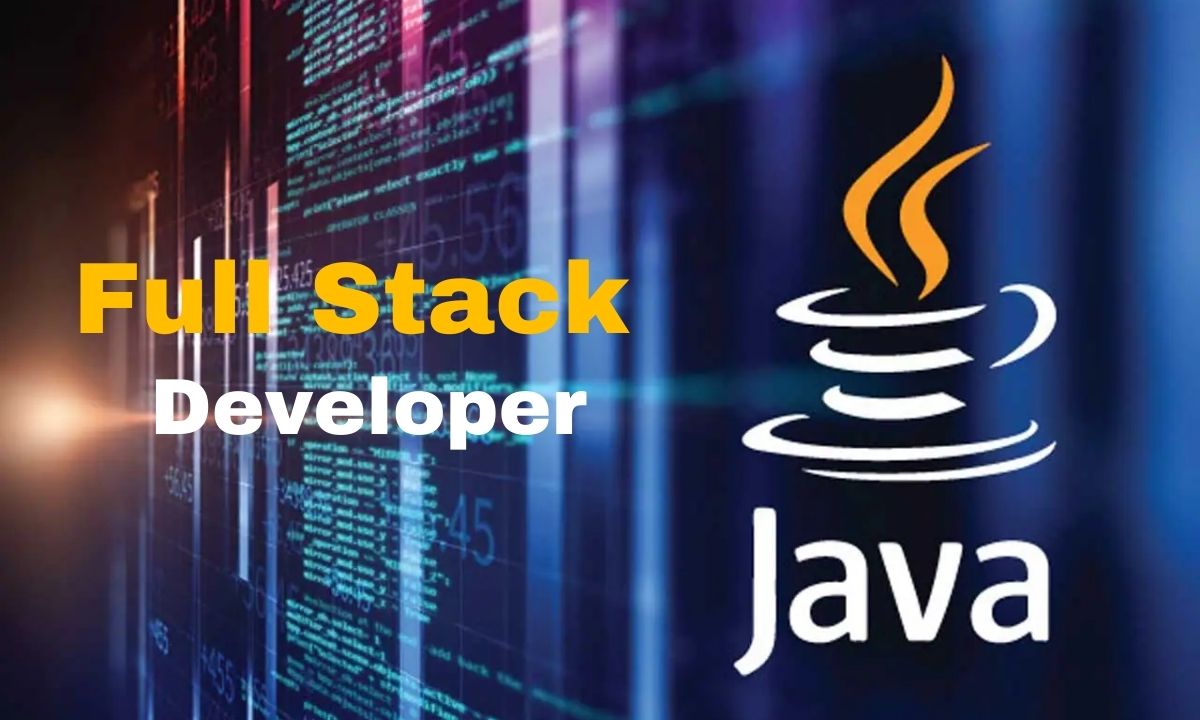Full-stack development has emerged as a holistic approach to building web applications in the ever-evolving software development landscape. It empowers developers to bridge the gap between the frontend and backend, creating seamless, feature-rich digital experiences. Central to the world of full-stack development is the role of programming languages, and in this regard, Java has earned its place as a versatile and highly respected option.
What is a Java Full Stack Developer?
A Java full-stack developer is a master of all trades in web development, seamlessly navigating through the intricacies of front-end design, back-end functionality, and database management. For those eager to dive deeper into this exciting field, a full stack course is invaluable in the growing Java full-stack development landscape. It equips learners with the skills to meet the increasing demand for versatile developers who can handle frontend and backend tasks, making them competitive and adaptable in today’s technology job market.
A Java full-stack developer is a proficient web programmer who incorporates Java, a highly popular computer programming language, into their development workflow. Web-based applications are multifaceted creations, typically comprising three essential layers: the front-end, the back-end, and the database layer. This means that Java full-stack developers have the expertise to write code for all three crucial components.
When users interact with an application, they primarily engage with its front-end, which presents the visible elements and user interface. Java full-stack developers are responsible for crafting these interactive and user-friendly front-end components. Behind the scenes, many Java full-stack development projects involve working with data supporting these visible application elements.
The database layer, the third core component of web applications, functions as a storage and retrieval system. It plays a vital role in accessing and retrieving data from the other layers of the application. It is the domain where essential data is stored, making it accessible for various application functionalities.
Role of Java in Full Stack Development
Java is a fundamental and versatile programming language pivotal in full-stack development. Java offers a unique set of capabilities in full-stack development, encompassing both frontend and backend development.
On the backend, Java is renowned for its robustness and reliability. It is a preferred language for building server-side applications and web services. Developers can create dynamic and data-driven web applications with technologies like Java Servlets and JavaServer Pages (JSP). Java’s scalability and performance make it an excellent choice for handling server-side tasks, making it easier to manage databases, process user requests, and ensure data security.
In the frontend, Java has gained prominence in developing rich and interactive user interfaces through technologies like JavaFX and Vaadin. Java’s Object-Oriented Programming (OOP) principles enable the creation of well-structured, reusable, and maintainable code for user interfaces. This is particularly important in full-stack development, where seamless integration between frontend and backend components is essential.
Moreover, Java’s compatibility with various databases and web frameworks makes it ideal for managing data and ensuring smooth data flow between different layers of a full-stack application.
In summary, Java’s strength in both backend and frontend development, its versatility, and robustness make it a valuable asset in full-stack development. It empowers developers to build scalable, secure, user-friendly web applications seamlessly integrating front and backend components.
What are the benefits of using Java in Full Stack Development?
Using Java in full-stack development offers many benefits, making it a popular choice for creating comprehensive web applications.
First and foremost, Java’s platform independence is a significant advantage. Its “write once, run anywhere” capability allows developers to build applications that can run on any platform with a Java Virtual Machine (JVM). This cross-platform compatibility ensures wide accessibility and makes Java a versatile choice for full-stack development.
Java is also known for its robustness and reliability. Its strong typing, extensive libraries, and rigorous error checking help prevent common programming errors, making applications less prone to crashes. This reliability is especially crucial in full-stack development, where maintaining the integrity of complex applications is paramount.
Scalability is another key benefit. Java’s architecture and support for modular development enable developers to build scalable applications that can handle growing workloads. This scalability is vital for web applications, where traffic and data requirements can change rapidly.
Furthermore, Java boasts a vast and active developer community. This means abundant resources, open-source libraries, and continuous support. Developers can find solutions to common problems, access documentation, and leverage third-party tools, streamlining development.
Security is another critical factor. Java’s built-in security features, such as bytecode verification and a robust security manager, help protect applications from external threats, making it a safe choice for handling sensitive data.
Lastly, Java frameworks like Spring and Java EE simplify the development process by providing pre-built modules for various application components. This accelerates development, reduces coding efforts, and encourages best practices.
The benefits of using Java in full-stack development include platform independence, robustness, scalability, an extensive developer community, security features, and streamlined development through frameworks. These advantages make Java a powerful and reliable choice for building web applications that excel in front and backend functionality.
Emerging Trends in Full-Stack Development with Java
Emerging trends in full-stack development with Java are shaping the future of web application development. Key trends include microservices architecture, which enhances scalability and flexibility. Serverless computing is gaining prominence, reducing infrastructure management overhead. Progressive Web Apps (PWAs) are enabling responsive, offline-capable web experiences. The rise of single-page applications (SPAs) enhances user interactivity and responsiveness.
Full-stack developers are increasingly focusing on DevOps and automation for streamlined deployment. Cross-platform development using Java allows for reaching a wider audience. Machine learning and artificial intelligence integration within full-stack applications are rising, enabling data-driven insights and personalization. Staying current with these trends is essential for developers navigating the dynamic world of full-stack Java development.
Over to you
A Java full stack development course is invaluable in the growing Java full-stack development landscape. It equips learners with the skills to meet the increasing demand for versatile developers who can handle frontend and backend tasks, making them competitive and adaptable in today’s technology job market.


